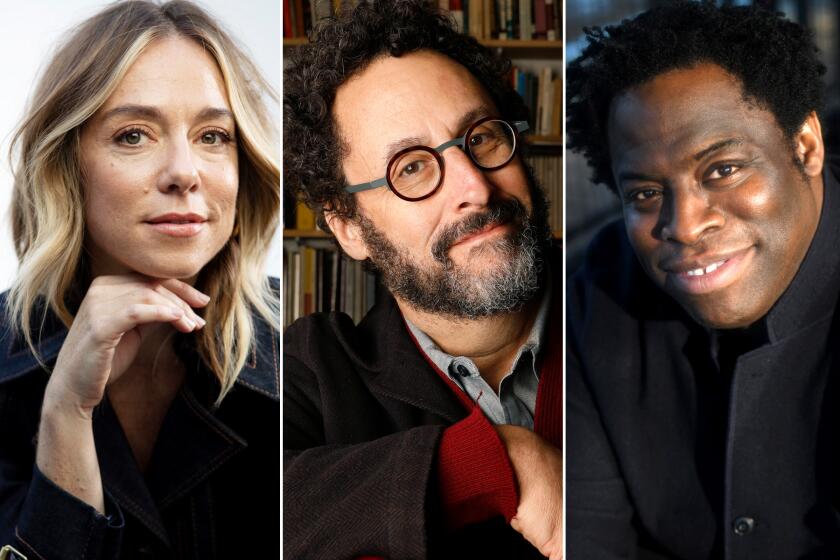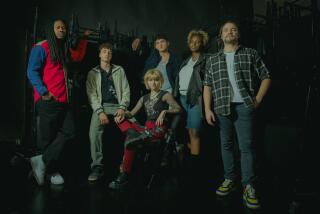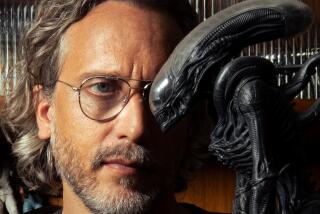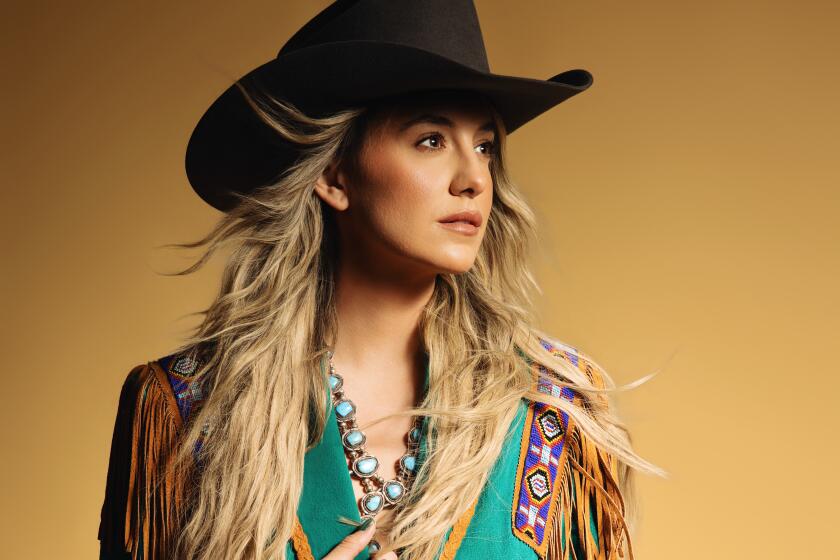How to craft a script in a language that can’t be written
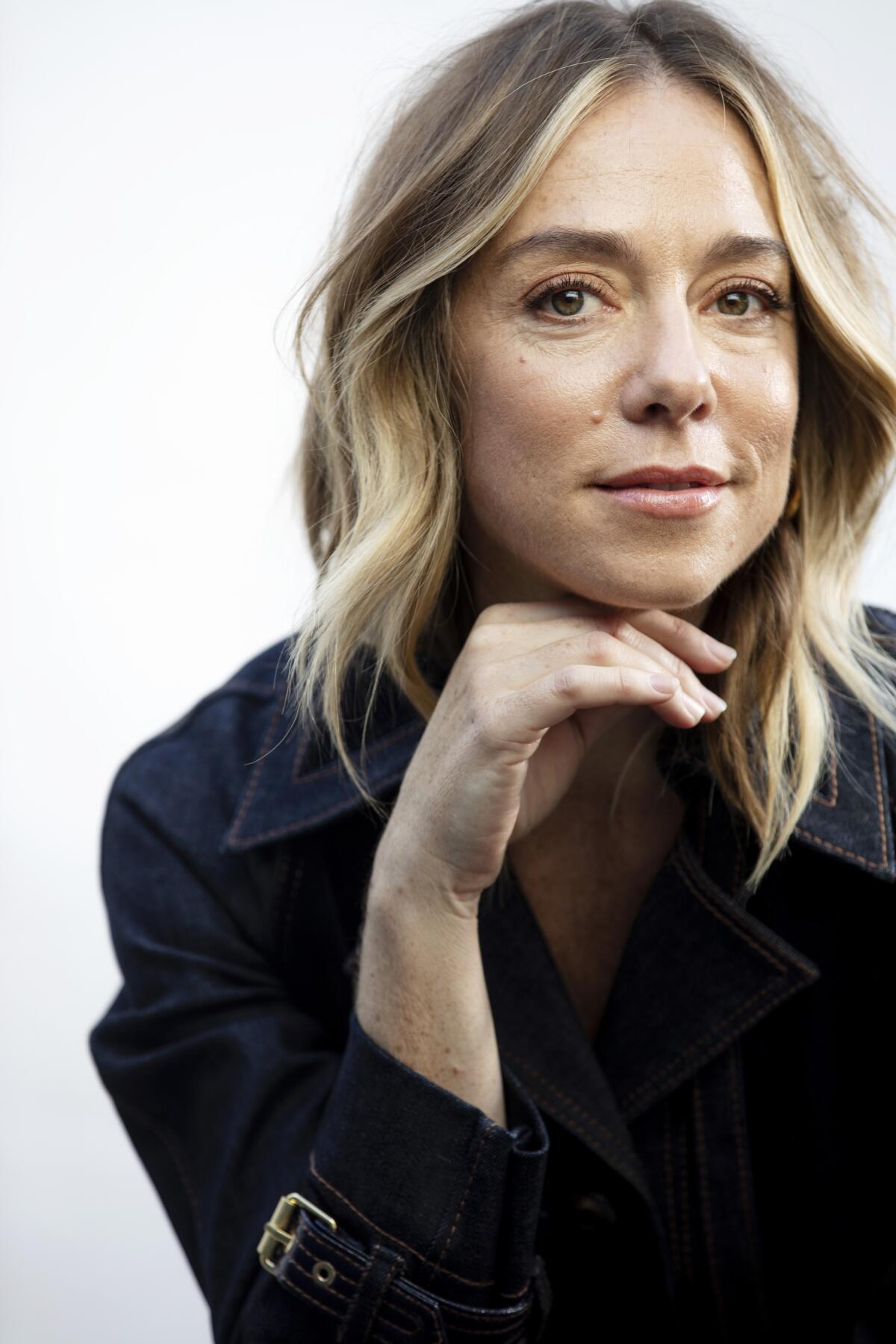
Half of the dialogue in my film “CODA” is in American Sign Language.
How do you write for a language that has no written form? I didn’t. Not at first.
When I started studying ASL, it struck me how different it is from spoken English. It wasn’t just the grammar and syntax, but also that the methods used in ASL to convey concepts are purely physical. Along with the signs, your expressions, energy and the space around you are all used to communicate meaning. A question is asked by furrowing your eyebrows. The past is literally behind you and the future in front, and instead of using tenses to indicate when something happened, you place it along this invisible spacial timeline. I was a beginner to these concepts, an outsider to the culture, and even if I could have written in a way that would capture the language, I wouldn’t have done it justice. There are limits to words. ASL expresses emotion and meaning in ways that English cannot.
Setting out, I truly didn’t understand the magnitude of this difference. I wrote the movie the way I have written every script, through a hearing lens, muttering aloud to myself as I banged away on my keyboard. I spent a lot of time in Gloucester, Mass., growing up, so these voices sprang alive for me. I listened to the cadence and rhythms of this family. I heard Frank especially, the tone of his salty Boston-tinged accent as he delivered a joke. Frank and Jackie took on all the chemistry and eccentricity of my own parents. Leo and Ruby began to give each other s— in the way that only my sister and I can. I was writing Deaf characters, and yet they felt like my family. I could hear them all arguing around the dinner table. My writer brain did not know a different way to work.
But there came a point when I had to turn off the radio play running in my head. I was never going to hear these lines; I was going to watch them. My old way of working was irrelevant. I was writing for a language that only existed visually. I had no idea if my jokes would work.
I needed people who knew better than I did. Enter: Alexandria Wailes and Anne Tomasetti, my directors of artistic sign language. An ASL director is a creative collaborator who functions almost like a dramaturge. Alexandria and Anne are both Deaf and artists themselves, with extensive theater backgrounds, who have a deep understanding of Deaf culture and history. We circled up, using my script as a launching pad to bring the language to life.
At our first meeting, Alexandria and I spent five hours at the kitchen table, working on the translation line by line. She would ask about the subtext, what the character was feeling, my intention behind every exchange. She would show me possible sign choices, and we would discuss their meaning. Sometimes a sign didn’t feel right, and we would change it. Sometimes the English line changed instead. I watched Alexandria sign a line of Ruby’s, “Do you want me to die here?” and the sign for “die” didn’t capture the anger I wanted the character to feel. I needed something sharper, more staccato, that would help the actress channel rage. We played around until Alexandria found, “This is killing me.”
In their own words: Tony Kushner, Rebecca Hall, Jeymes Samuel and other screenwriters take us on a journey through writing their film scripts.
Throughout this process, Alexandria took notes in ASL gloss — a form of notation for ASL that uses English words along with diagrams and drawings. She made videos for the actors. But mostly, it was muscle memory. She was keeping the language in her body.
Anne joined our team during production. While Alexandria has a more lyrical, poetic approach to the signing, Anne is practical, singularly focused on communicating meaning. The balance of these two women’s different approaches created a brilliant push-pull on the script. Once actors Marlee [Matlin], Troy [Kotsur] and Daniel [Durant] showed up, the discussions got even livelier as they lived these characters and had their own ideas about sign choices. They imbued the ASL with their own rich, complex experiences as Deaf people. We worked to create a cohesive signing style for this family, and our rehearsals became a language lab, where we argued and brainstormed the best way to express an idea.
Any fears about whether my jokes would work evaporated when Troy showed up. Troy is the most inventive signer out there. His ability to play with the language is magical. The salty accent I had initially imagined for Frank came alive with Troy’s hands. I had met my match when it came to dirty humor. I wrote the line, “I’d give my left nut to tell them to go screw themselves.” Troy signed it by hanging the balls in the air in front of his face. Then he yanked off the left one and pulled an invisible pin out of it with his teeth, turning it into a grenade and chucking it over his shoulder in the direction of the fisherman. I was delighted.
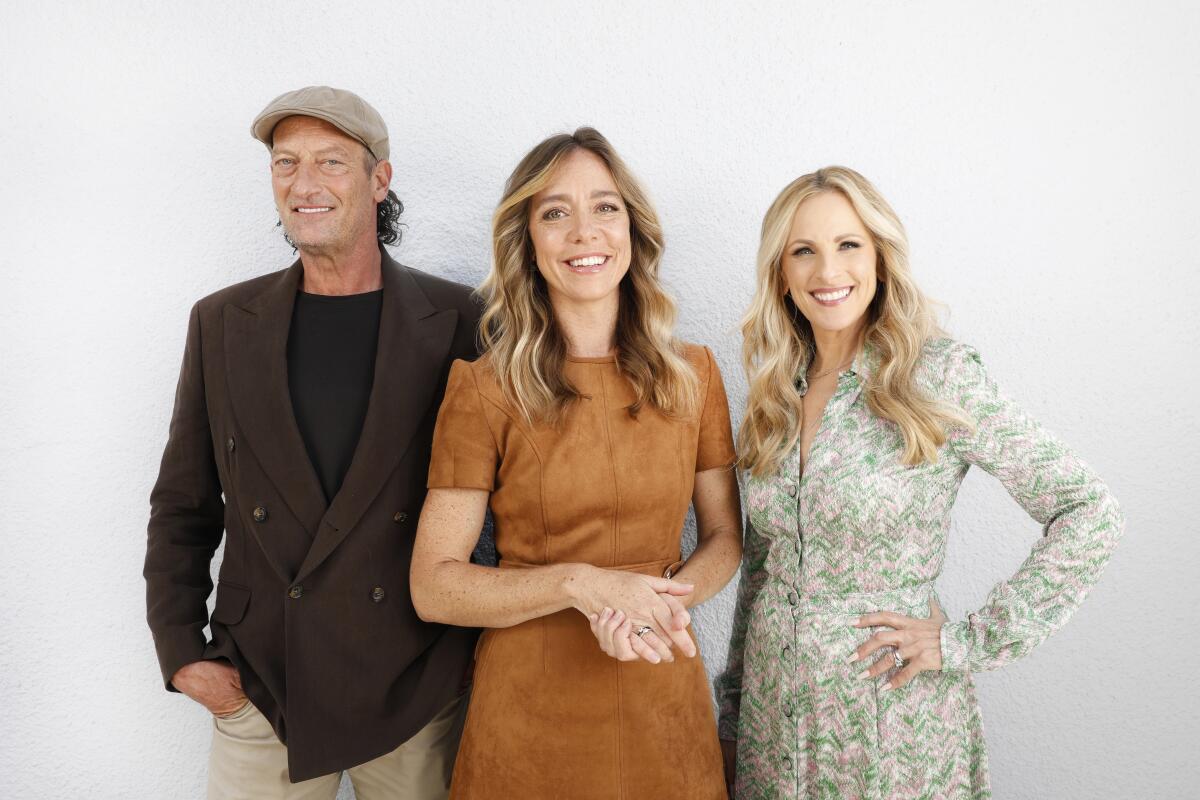
I found myself wishing that I could abandon the written word completely. Many concepts felt more alive in ASL. I excavated my own writing in a way I never had before, and my script had become a fluid, breathing thing.
At the end of the movie, I originally wrote that Ruby signs “I love you” to her family as she drives away. On the day, Anne pointed out that we had already established Ruby’s “name sign,” a combination of an R and a Y hand shape. But this sign has a double meaning. It’s also a crossed fingers version of the “I love you” sign, which signifies “I really love you” or “I love you forever.” She suggested that Ruby sign this instead; it could hold both of those meanings, her identity within her family and her love for them.
So, in the last moment of my film, ASL gave me a final gift. I didn’t subtitle it. As Ruby leans out of the car window, before her family disappears, she signs her own name and “I love you forever.” It was the perfect end to her journey. And mine.
More to Read
From the Oscars to the Emmys.
Get the Envelope newsletter for exclusive awards season coverage, behind-the-scenes stories from the Envelope podcast and columnist Glenn Whipp’s must-read analysis.
You may occasionally receive promotional content from the Los Angeles Times.
